Atlas Copco’s NG generators provide on-site pure nitrogen supply 24/7 without the need for cylinders
14th June 2008
Source:
Atlas Copco Group
Already recognised for its innovative dual output compressed air/nitrogen technology, Atlas Copco now offers its new NG series of advanced nitrogen generators to provide a continuous, reliable secure and independent source of on-site nitrogen generation at the lowest possible cost for a broad spectrum of industry applications.
Whether in chemical manufacturing, electronics, laser cutting or food processing and packaging, a dependable supply of nitrogen is crucial to the many production industries which regard nitrogen as the fourth utility after gas, electricity and water.
Based on Pressure Swing Adsorption (PSA) technology, Atlas Copco’s NG series provides a continuous flow of nitrogen of desired purity from 97% to 99.999% at flow from rates from1.3 up to 130 Nm3/h. The modular design of the eight model range means that specific NG nitrogen generators can be used in parallel for the most cost-efficient solution. If extra capacity is required at a certain point, modules can easily be added.
The cost-effective choice
Focusing on the purchase price of nitrogen, many companies still rely on gas cylinders or liquid nitrogen as their source. But, rather than a one-time acquisition cost, these sources constitute an on-going array of expenses. When the costs associated with order processing, cylinder rental and handling, delivery and safety are considered, these hidden expenses can contribute to escalating overall cost and lower profit margins. In contrast, the installation of Atlas Copco’s NG nitrogen generators eliminates these extra costs and provides a reliable and safe nitrogen supply with the added benefits of low operating expenses and minimal maintenance costs.
The adoption of Atlas Copco’s NG nitrogen generators means continuous availability 24/7of a nitrogen supply of the desired purity, from 3% to 0.001% oxygen content,and eliminates the potential risk of production breakdown due to gas supplies running out.
How NG generators produce pure nitrogen
Atlas Copco’s generator design employs Pressure Swing Adsorption (PSA) technology, using carbon molecular sieve (CMS) to separate oxygen selectively while continuous N2 production is ensured.
While ordinary activated carbons are unable to separate nitrogen from the air, carbon molecular sieve is a substance with discrete pore structures which can separate the molecules on the basis of their size. Through this high adsorption selectivity, carbon molecular sieve allows efficient nitrogen separation.
The small oxygen molecules will penetrate the pores while the large nitrogen molecules will by-pass the carbon molecular sieve.
It is a straightforward two-phase process of adsorption and regeneration. High-pressure air flows through columns filled with carbon molecular sieve. By pressurizing the vessel, oxygen molecules are adsorbed preferentially by the CMS while nitrogen molecules pass through thanks to their different molecular size. The sieve continues to adsorb oxygen until a saturation point is reached. In the regeneration or desorption phase, the entering air stream is cut off and the oxygen is able to leave the vessel at low pressure. Two connected vessels work together to produce a near-continuous flow of nitrogen gas.
NG System monitoring
When production processes are reliant upon continuous efficient performance from a nitrogen generator, continuous surveillance is vital. By properly monitoring a system, downtime is decreased, energy can be saved, maintenance reduced and production output increased throughout. With the NG’s electronic monitoring panel, all of these benefits are achievable. The control panel, capable of controlling up to three towers, is available on all NG generators and provides an oxygen indicator and alarm, a nitrogen purity indicator, output pressure indication and alarm, and an automatic request for maintenance.
Atlas Copco’s NG Generators mean the precise supply of nitrogen for a broad spectrum of applications: food and beverage storage and packaging, pharmaceutical production, plastic injection moulding, electronics, laser cutting, semiconductor manufacturing, chemical industry, metal heat treatment, cable and optical fibre industry, and glass production. With the NG series, all can instantly and cost-effectively generate the exact supply of nitrogen needed at the purity the individual processes demand.
Based on Pressure Swing Adsorption (PSA) technology, Atlas Copco’s NG series provides a continuous flow of nitrogen of desired purity from 97% to 99.999% at flow from rates from1.3 up to 130 Nm3/h. The modular design of the eight model range means that specific NG nitrogen generators can be used in parallel for the most cost-efficient solution. If extra capacity is required at a certain point, modules can easily be added.
The cost-effective choice
Focusing on the purchase price of nitrogen, many companies still rely on gas cylinders or liquid nitrogen as their source. But, rather than a one-time acquisition cost, these sources constitute an on-going array of expenses. When the costs associated with order processing, cylinder rental and handling, delivery and safety are considered, these hidden expenses can contribute to escalating overall cost and lower profit margins. In contrast, the installation of Atlas Copco’s NG nitrogen generators eliminates these extra costs and provides a reliable and safe nitrogen supply with the added benefits of low operating expenses and minimal maintenance costs.
The adoption of Atlas Copco’s NG nitrogen generators means continuous availability 24/7of a nitrogen supply of the desired purity, from 3% to 0.001% oxygen content,and eliminates the potential risk of production breakdown due to gas supplies running out.
How NG generators produce pure nitrogen
Atlas Copco’s generator design employs Pressure Swing Adsorption (PSA) technology, using carbon molecular sieve (CMS) to separate oxygen selectively while continuous N2 production is ensured.
While ordinary activated carbons are unable to separate nitrogen from the air, carbon molecular sieve is a substance with discrete pore structures which can separate the molecules on the basis of their size. Through this high adsorption selectivity, carbon molecular sieve allows efficient nitrogen separation.
The small oxygen molecules will penetrate the pores while the large nitrogen molecules will by-pass the carbon molecular sieve.
It is a straightforward two-phase process of adsorption and regeneration. High-pressure air flows through columns filled with carbon molecular sieve. By pressurizing the vessel, oxygen molecules are adsorbed preferentially by the CMS while nitrogen molecules pass through thanks to their different molecular size. The sieve continues to adsorb oxygen until a saturation point is reached. In the regeneration or desorption phase, the entering air stream is cut off and the oxygen is able to leave the vessel at low pressure. Two connected vessels work together to produce a near-continuous flow of nitrogen gas.
NG System monitoring
When production processes are reliant upon continuous efficient performance from a nitrogen generator, continuous surveillance is vital. By properly monitoring a system, downtime is decreased, energy can be saved, maintenance reduced and production output increased throughout. With the NG’s electronic monitoring panel, all of these benefits are achievable. The control panel, capable of controlling up to three towers, is available on all NG generators and provides an oxygen indicator and alarm, a nitrogen purity indicator, output pressure indication and alarm, and an automatic request for maintenance.
Atlas Copco’s NG Generators mean the precise supply of nitrogen for a broad spectrum of applications: food and beverage storage and packaging, pharmaceutical production, plastic injection moulding, electronics, laser cutting, semiconductor manufacturing, chemical industry, metal heat treatment, cable and optical fibre industry, and glass production. With the NG series, all can instantly and cost-effectively generate the exact supply of nitrogen needed at the purity the individual processes demand.
Similar articles
More from Atlas Copco Group
- Anglian Compressors nominated as Distributor of the Year 11th June 2021
- Laser cutter saves money with on-site nitrogen generation 24th May 2021
- Screw compressor range for workshops and small businesses 19th April 2021
- Marine compressors provide air power for RRS Sir David Attenborough 26th November 2020

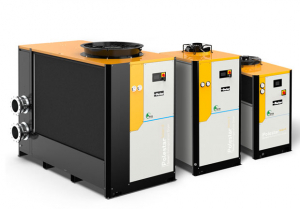
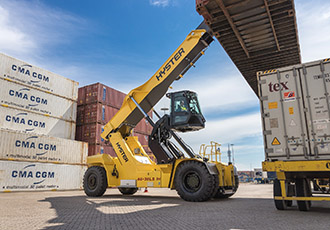
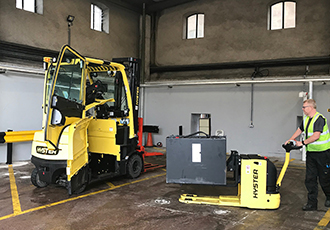
.jpg)
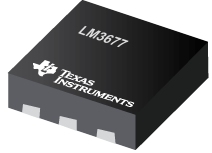

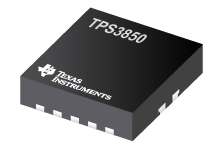
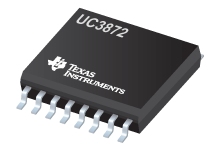

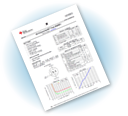

Write a comment
No comments